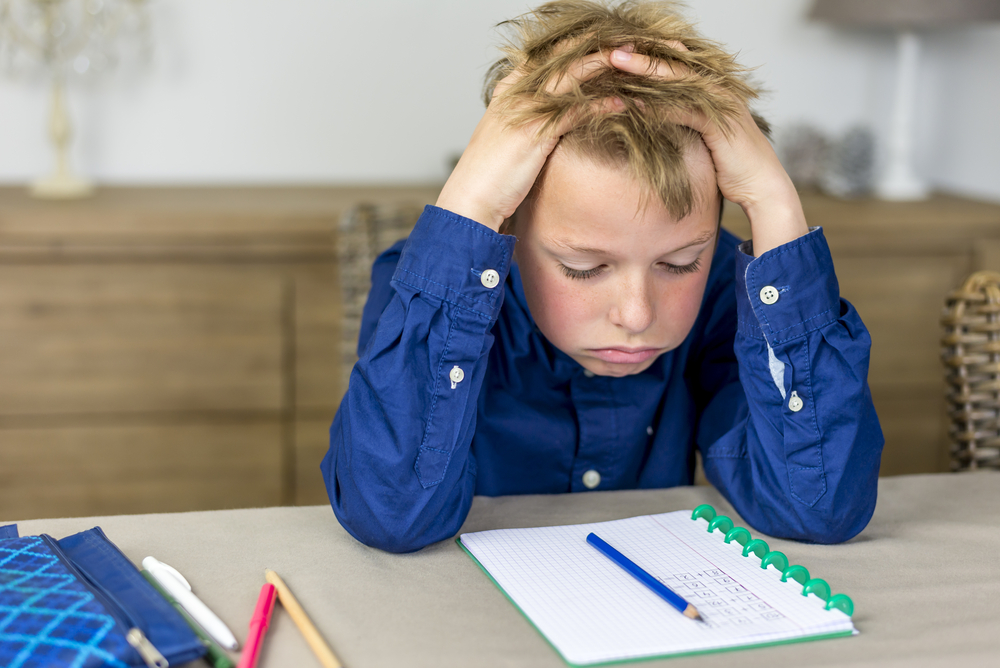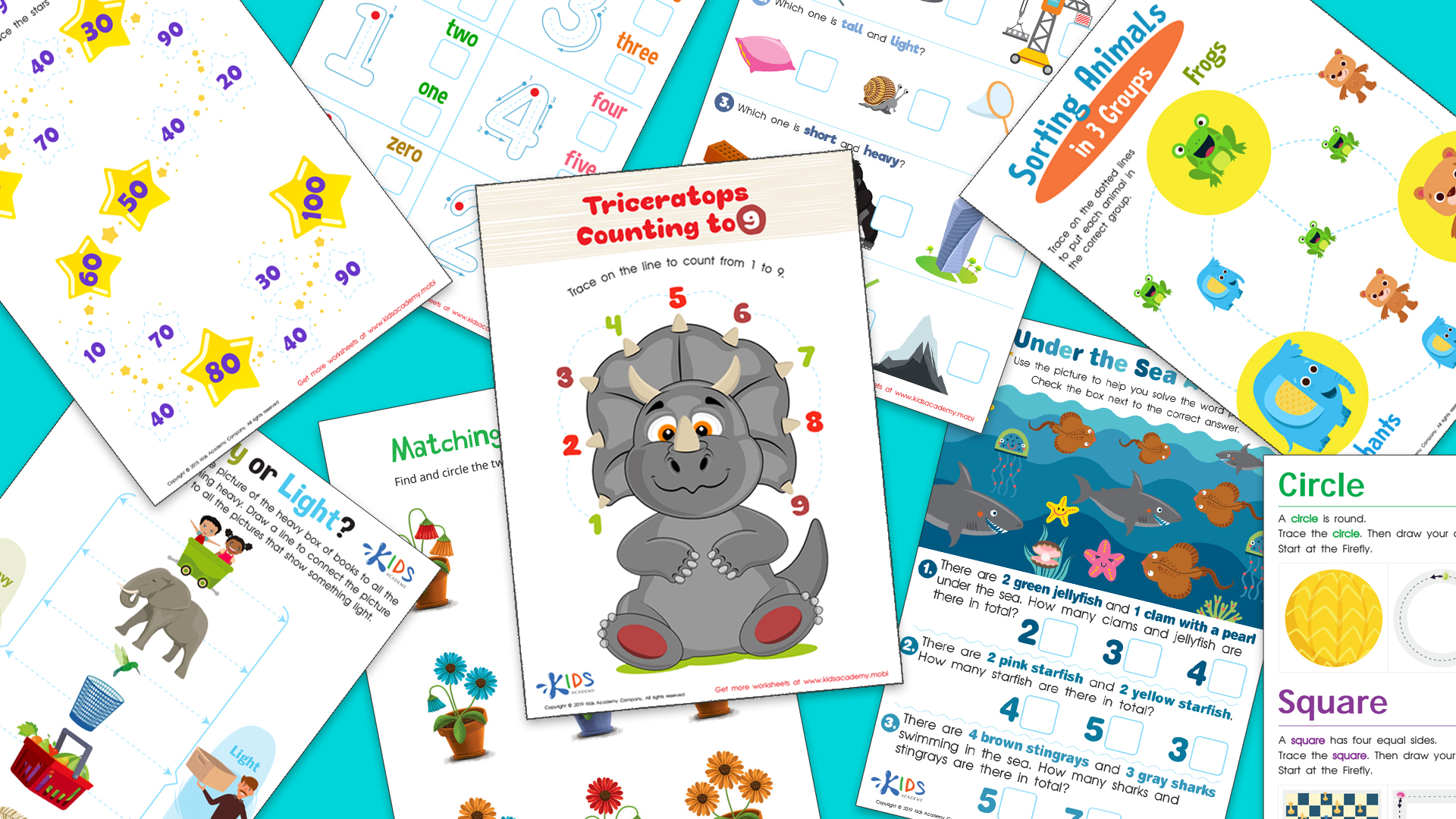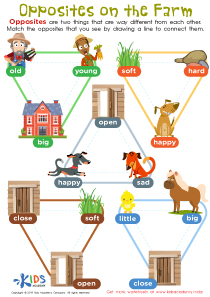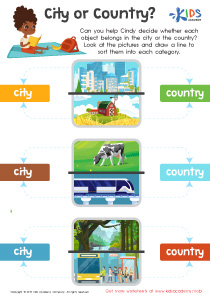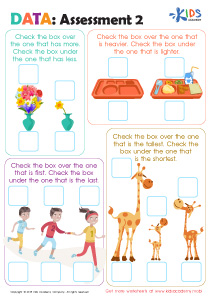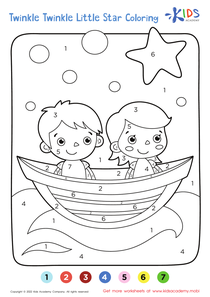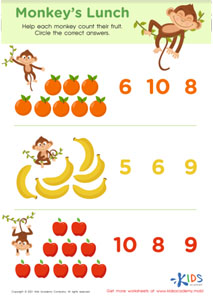Comparing Fractions Math Worksheets for 4-Year-Olds
5 filtered results
-
From - To
Discover our engaging "Comparing Fractions Math Worksheets for 4-Year-Olds". Designed to make learning fun, these worksheets include colorful visuals and easy-to-grasp activities tailored to young learners. Kids can explore basic fractions through playful exercises, cultivating early math skills and fostering a love for numbers. Perfect for both classroom settings and homeschooling, our worksheets ensure that children grasp fundamental concepts while enjoying the learning process. Elevate your child's math journey with these thoughtfully curated resources from Kids Academy, setting the foundation for future success in mathematics.
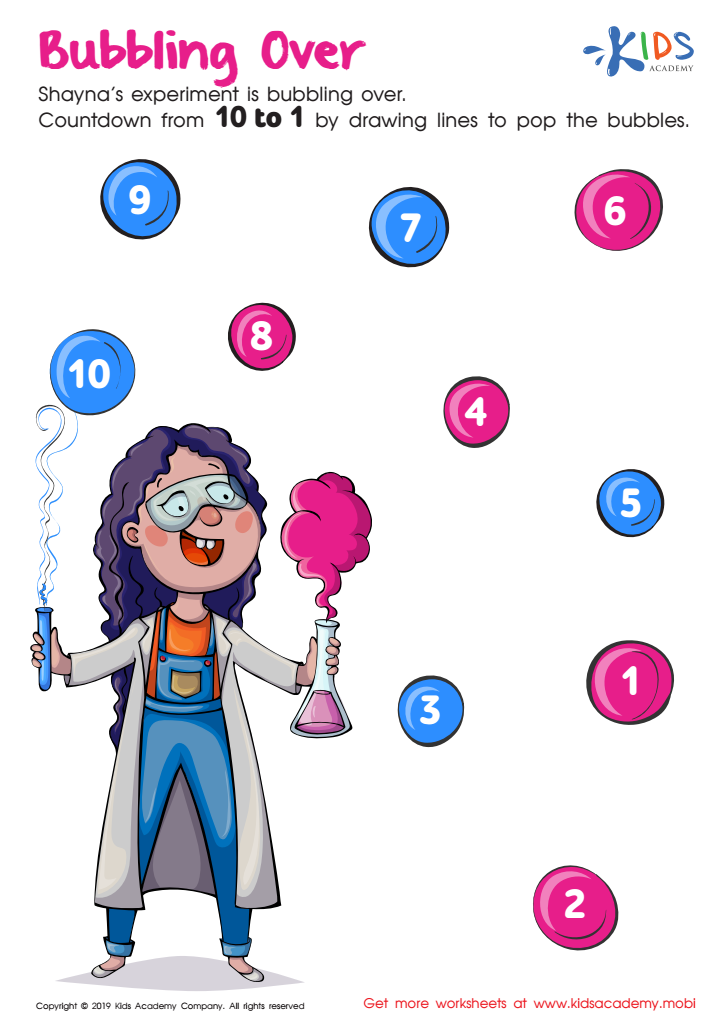

Bubbling Over Worksheet
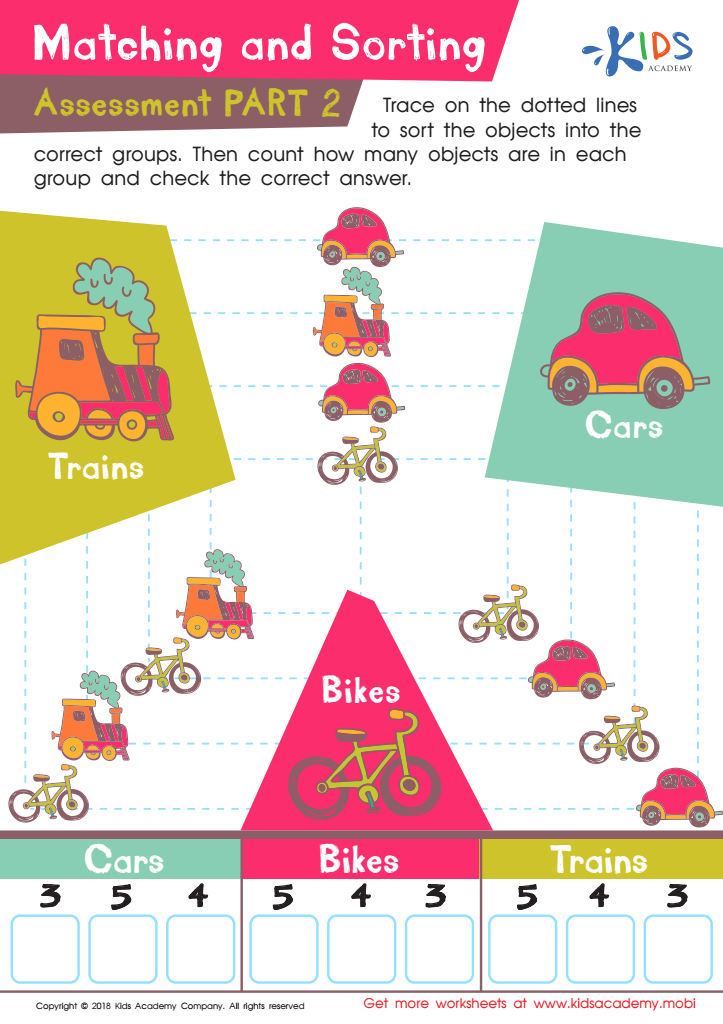

Matching and Sorting for Kindergarten: Assessment 2 Worksheet


Piecing Together 16 Worksheet
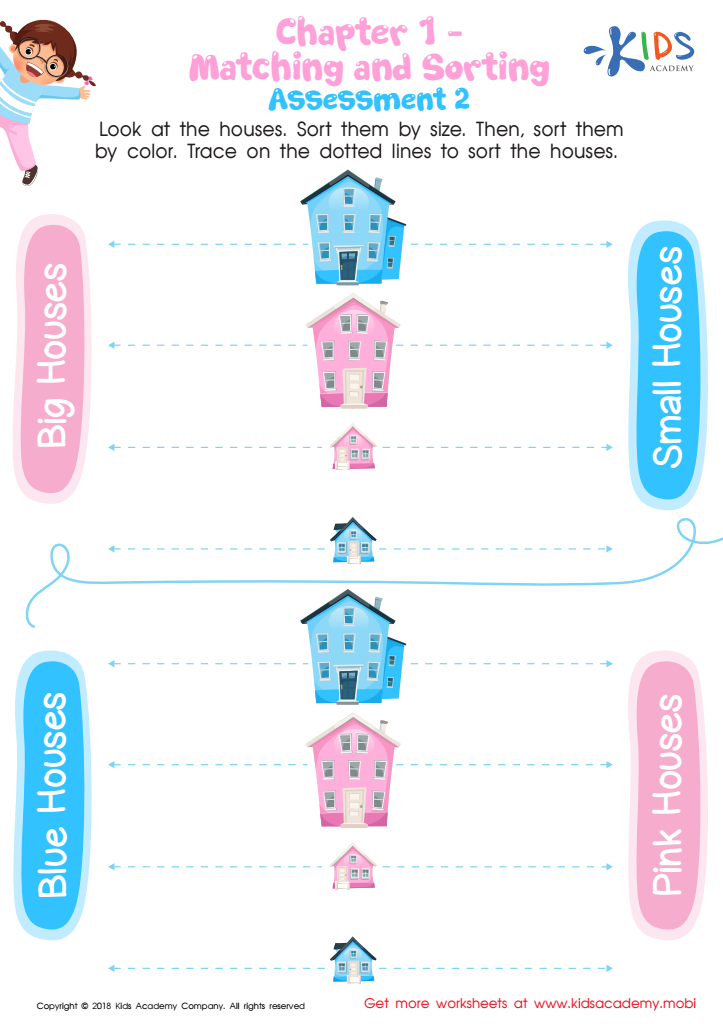

Matching and Sorting for Preschool: Assessment 2 Worksheet
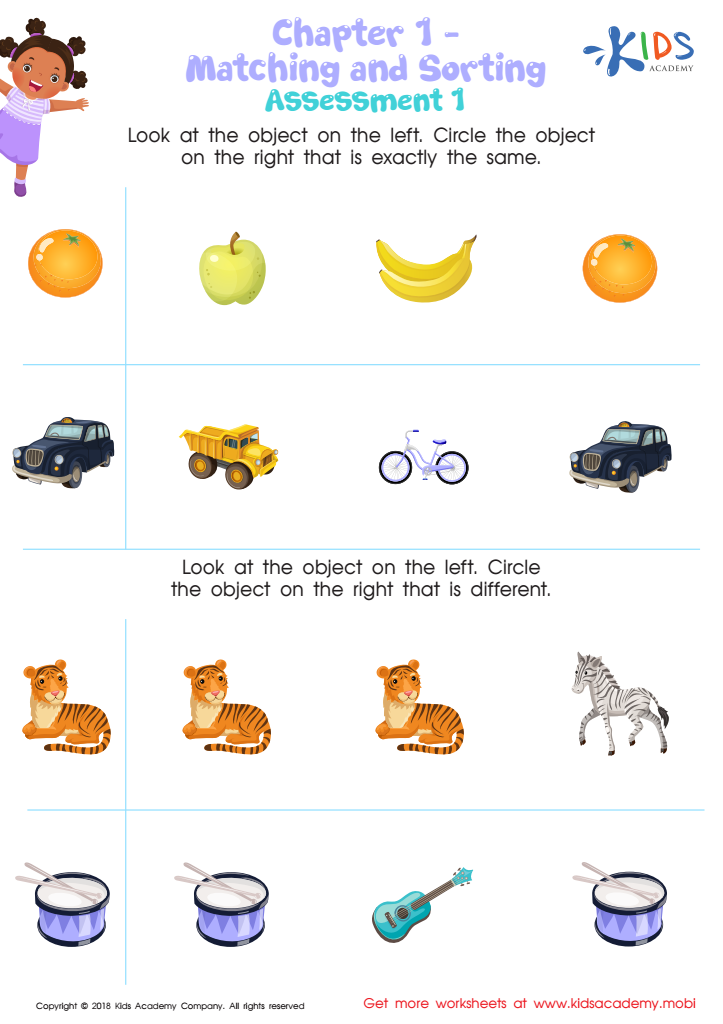

Matching and Sorting for Preschool: Assessment 1 Worksheet
Introducing 4-year-olds to comparing fractions can seem ambitious, but it holds essential cognitive and educational benefits that parents and teachers should value. At this young age, children's brains are highly receptive and adept at absorbing new concepts. Engaging them with basic fractions helps develop foundational mathematical skills and fosters logical thinking, crucial for their academic growth.
Comparing fractions, even at a simplistic level, enhances children's problem-solving abilities and introduces them to concepts of fairness and sharing. For example, by dividing cookies or toys into halves and quarters, children begin to intuitively understand and visualize division and parts of a whole. This hands-on approach makes learning abstract concepts like fractions more tangible and relatable.
Additionally, early exposure to mathematical ideas encourages a positive attitude towards mathematics. When children interact with fractions through playful activities, they are more likely to approach future math topics with confidence rather than anxiety. This early math literacy is linked to better performance in later education, as they build on a strong, positive mathematical foundation.
Parents and teachers play a pivotal role in shaping children's attitudes towards learning. By valuing the introduction of comparing fractions at an early age, they help cultivate critical thinking, foster enthusiasm for learning, and lay the groundwork for future academic success.

 Assign to My Students
Assign to My Students


